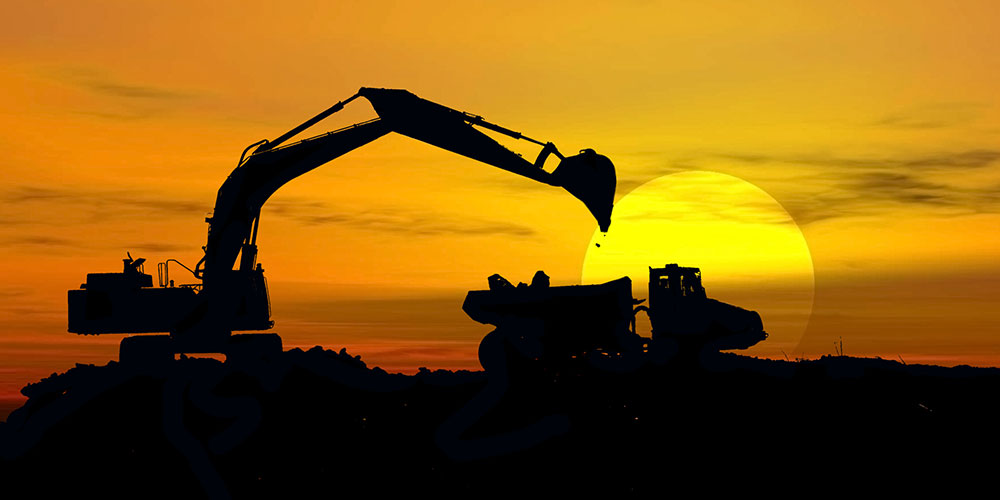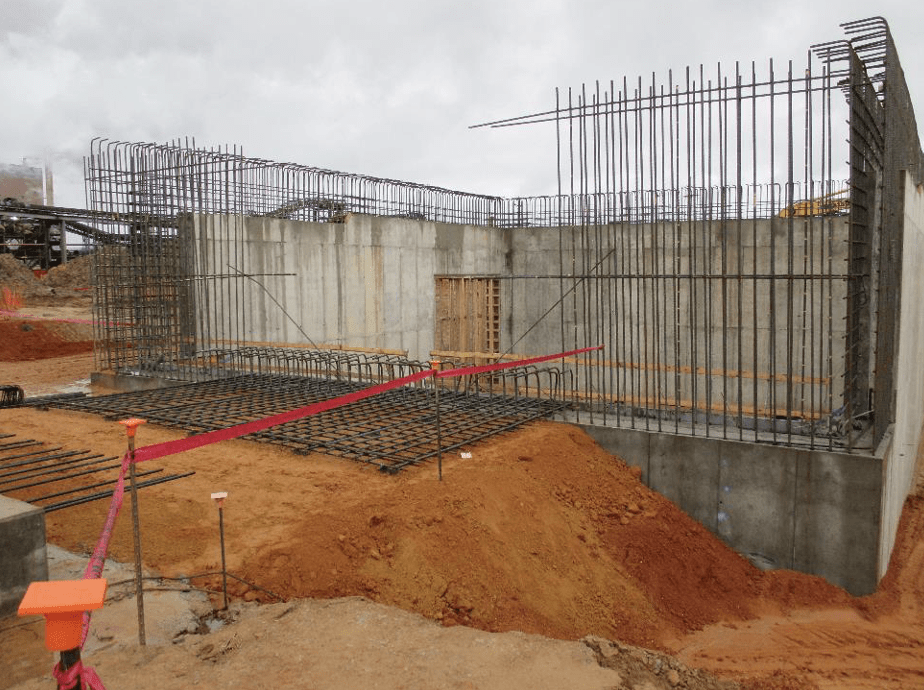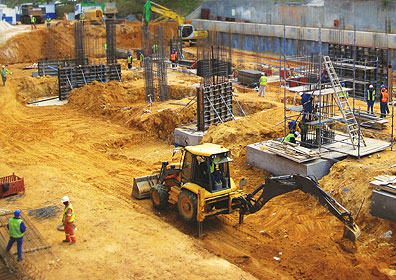Specialized Geotechnical Works for Sustainable Building And Construction Solutions
Wiki Article
Just How Consulting Engineers Enhance Geotechnical Design Projects: Insights Into Their Expertise, Techniques, and Collaborative Approaches
Consulting designers are essential in improving geotechnical engineering jobs, applying their specialized expertise to browse the complexities of subsurface problems. Their collaborative approaches foster interaction amongst diverse project stakeholders, eventually forming the task's trajectory.Function of Consulting Engineers
The competence of seeking advice from designers in geotechnical design is essential to the successful implementation of building jobs. These experts play an essential function in analyzing soil and rock homes, which are essential variables affecting design and construction choices. By conducting detailed site investigations, getting in touch with engineers gather vital data that informs the layout process, ensuring tasks are built on secure and suitable ground.Consulting designers likewise provide indispensable insights into threat monitoring (geotechnical geologist). They determine prospective geotechnical risks, such as landslides, dirt liquefaction, and negotiation issues, making it possible for stakeholders to execute efficient reduction techniques. Their expertise aids in enhancing structure designs, which can lead to significant expense financial savings and enhanced security
In addition, consulting designers work as an important web link in between project owners, designers, and service providers. Their capacity to equate complex geotechnical information into workable suggestions promotes collaboration and facilitates notified decision-making throughout the project lifecycle. This multidisciplinary approach not only enhances project effectiveness but likewise guarantees compliance with governing requirements and ideal methods.
Trick Approaches in Geotechnical Design

One key methodology is site examination, which involves conducting field tests and laboratory evaluations to gather data on subsurface conditions. Methods such as Criterion Penetration Testing (SPT) and Cone Penetration Screening (CPT) are widely utilized to examine dirt stratigraphy and stamina. In addition, geophysical approaches, consisting of seismic and electrical resistivity surveys, offer non-invasive means to evaluate subsurface qualities.
One more important method is numerical modeling, which makes it possible for engineers to replicate various situations and anticipate exactly how soil-structure interactions will act under various loading problems. Finite Element Evaluation (FEA) is an usual strategy used in this context.
Additionally, the style of foundations, maintaining frameworks, and earthworks depends heavily on these approaches - geotechnical geologist. By integrating advanced analytical devices with area data, consulting engineers can establish customized services that resolve specific task obstacles, eventually adding to the stability and security of construction jobs
Value of Soil Evaluation
Soil evaluation functions as a fundamental component in geotechnical design, giving vital understandings into the physical and chemical buildings of soil necessary for reliable building planning. Understanding dirt attributes is crucial for establishing its load-bearing capability, drainage habits, and possibility for settlement or instability. In-depth soil examinations, including tasting and laboratory screening, assistance identify criteria such as dirt kind, wetness material, thickness, and shear strength.
These evaluations educate the choice of appropriate building and construction strategies and materials, eventually affecting project safety and security and longevity. For instance, natural dirts may call for various structure layouts compared to granular soils, demanding tailored engineering services. Dirt analysis aids in identifying contaminants that could position threats to human health and wellness or the setting, permitting for the development of mitigation strategies.
Integrating soil evaluation right into the onset of project development aids to decrease unpredicted obstacles, making certain that designers can anticipate and deal with potential issues before they intensify. By developing a thorough understanding of the website conditions, consulting engineers can enhance design efficiency and minimize expenses, thus enhancing the total success of geotechnical engineering jobs.
Collaborative Methods in Tasks
Effective geotechnical jobs usually depend upon collective methods that combine varied knowledge from different self-controls. Efficient collaboration among getting in touch with designers, rock hounds, environmental researchers, and building specialists is critical for dealing with intricate challenges and maximizing project results. By leveraging the unique abilities and understanding of each employee, tasks can benefit from an alternative understanding of the website conditions, regulative needs, and engineering constraints.Normal interaction and interdisciplinary conferences facilitate the sharing of insights and foster a culture of synergy. These collaborative efforts make it possible for the recognition of possible threats early in the project lifecycle, enabling timely reduction geotechnical works techniques. Additionally, integrating comments from stakeholders, including neighborhood communities and regulative agencies, ensures that all viewpoints are thought about, improving project approval and conformity.
Additionally, the combination of advanced technologies, such as Geographic Info Systems (GIS) and Building Details Modeling (BIM), additional boosts collaboration. These devices enable the real-time sharing of data and visualization of geotechnical conditions, promoting informed decision-making. Ultimately, a collaborative approach not only improves job execution but also lays the foundation for innovative solutions to complex geotechnical design challenges.
Impact on Project Outcomes

Consulting designers use advanced approaches such as threat analysis and predictive modeling, which enhance the precision of task projections. Their capability to incorporate ingenious technologies, like geotechnical instrumentation and data analytics, further refines the style and building processes. Because of this, tasks experience improved performance, decreased costs, and reduced hold-ups.
In addition, fostering reliable communication and collaboration among employee enhances analytical abilities. When obstacles occur, an unified front permits speedy recognition of solutions, preventing prospective troubles. Inevitably, the collective initiatives of seeking advice from engineers add to higher high quality end results, making sure that jobs fulfill both governing criteria and client expectations.
Conclusion

Report this wiki page